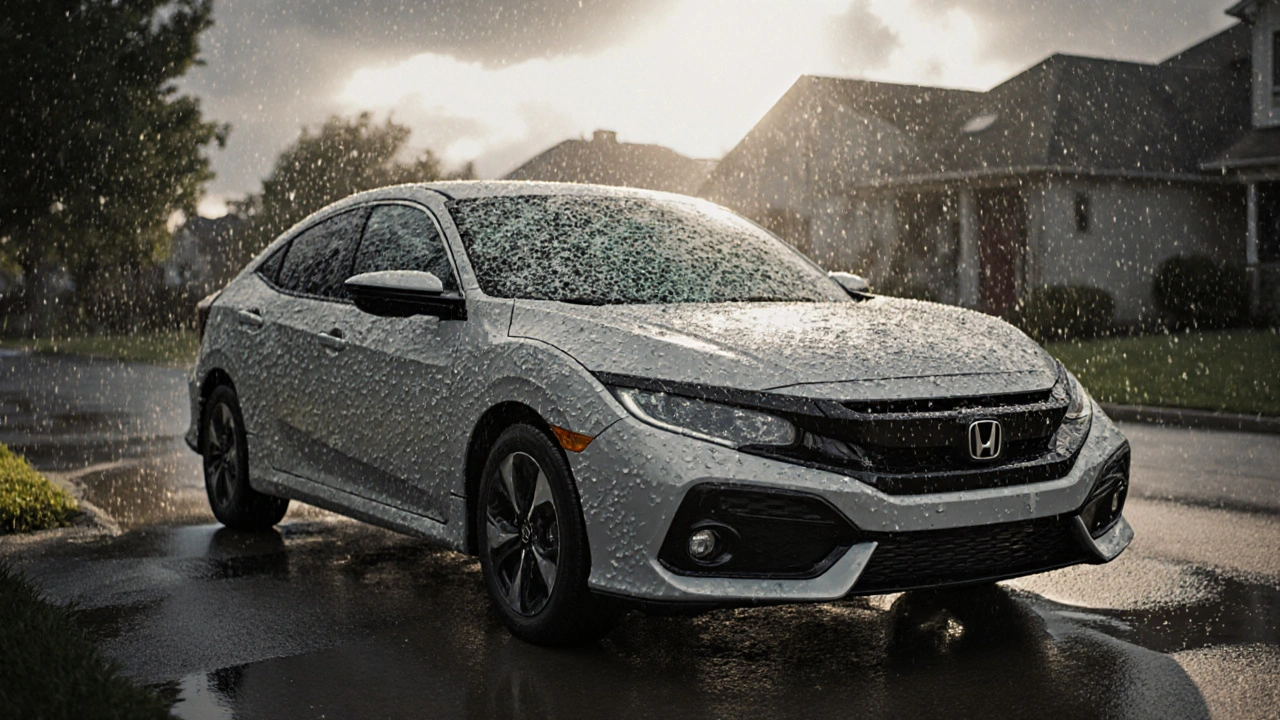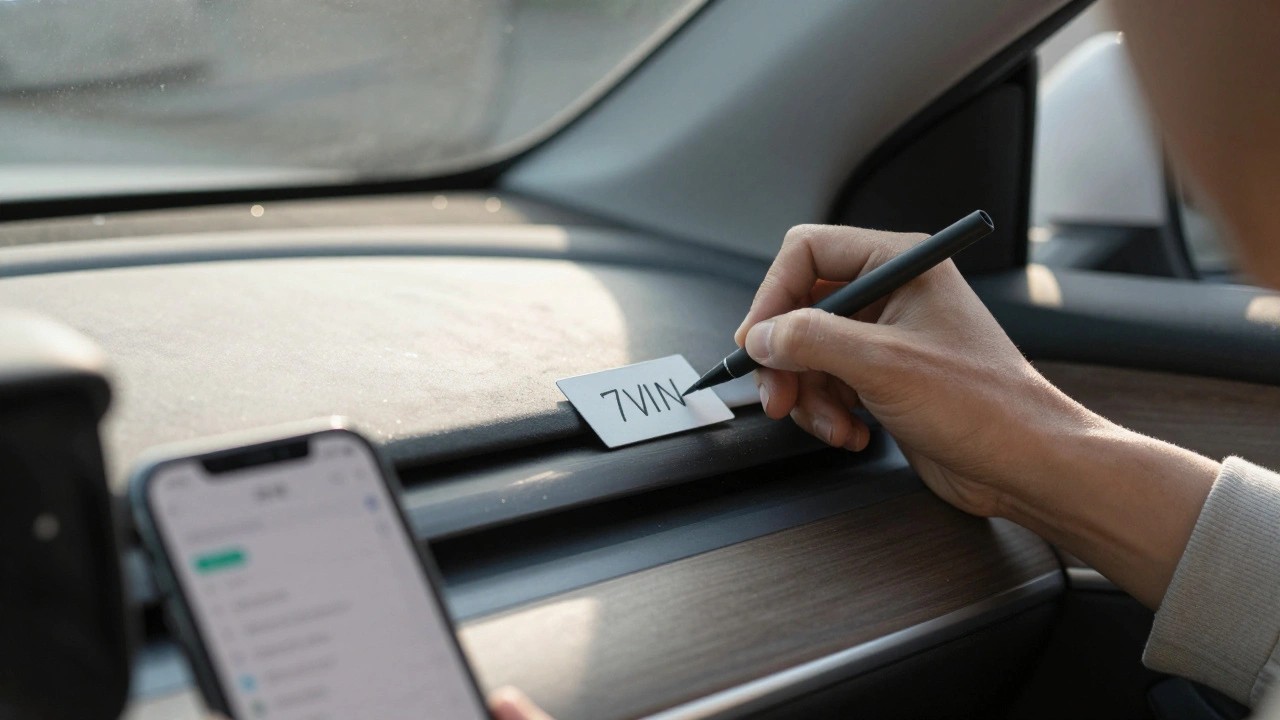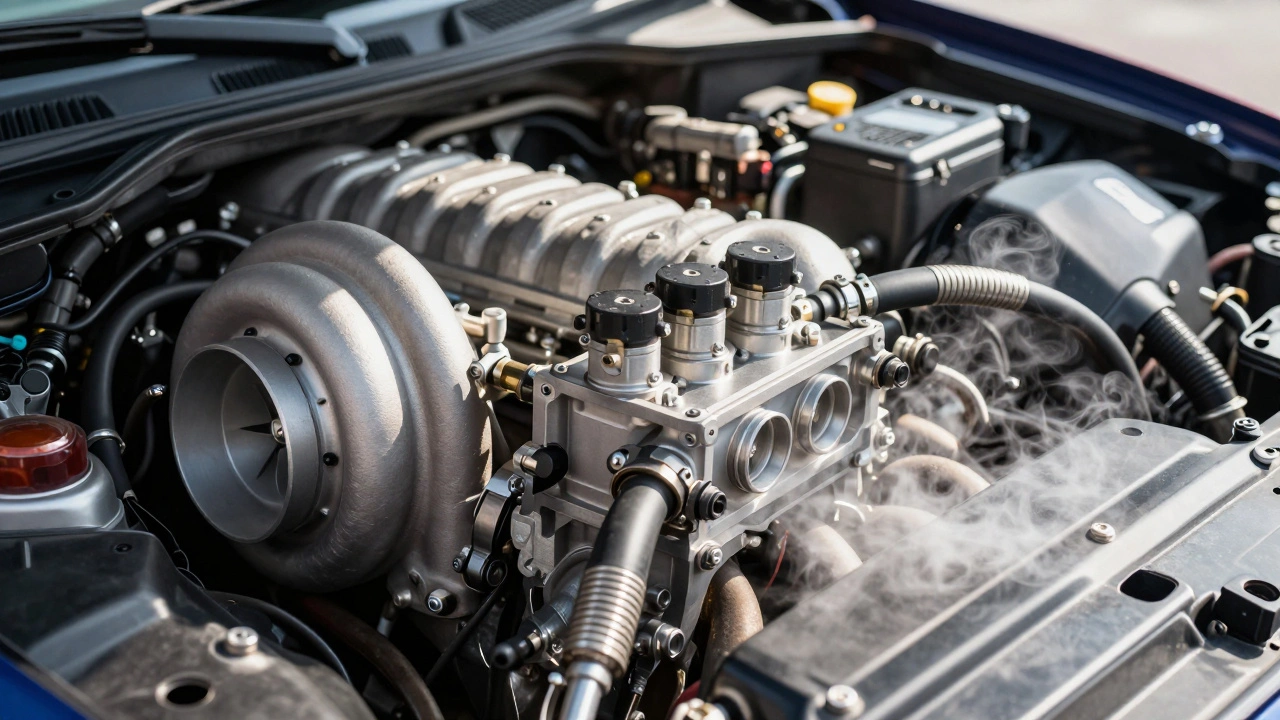Auto Insurance Weather Claims: What Covers Storm Damage and How to File Right
When your car gets hit by hail, flooded by a storm, or flipped by high winds, auto insurance weather claims, the process of getting your vehicle repaired after weather-related damage. Also known as weather-related car claims, it’s not about whether you’re covered—it’s about how you’re covered. Not every policy handles the same types of damage. If you only have liability, you’re out of luck. But if you’ve got comprehensive coverage, you’re looking at protection for things like hail dents, tree limbs falling on your hood, or water damage from flash floods.
Comprehensive coverage, the part of auto insurance that protects against non-collision events like weather, theft, or animal strikes. Also known as other-than-collision coverage, it’s what makes weather claims possible. This isn’t optional in some states—it’s the only thing standing between you and a $5,000 repair bill after a tornado picks up a dumpster and drops it on your sedan. And it’s not just about big disasters. A single hailstorm can leave hundreds of dents on your roof. Insurance companies have teams that specialize in this exact kind of damage. They know how to assess it, how much it costs to fix, and how to pay you quickly if you file right.
What trips people up? Thinking that every weather event counts. Rain on your windshield? That’s a windshield repair, not a claim. Windshield damage is often covered under comprehensive with little to no deductible. But if your car sits in a flooded parking lot overnight and the engine takes on water? That’s a full claim. And if you tried to drive through standing water and flooded the engine? That’s usually denied. Insurance adjusters look at cause and effect. They don’t pay for preventable mistakes.
There’s also a big difference between flood damage, water damage caused by rising water from storms, rivers, or overwhelmed drainage systems. Also known as hydrologic flooding, it’s treated differently than splash damage or leaking roofs. Flood damage often means total loss. Saltwater? Even worse. Most insurers will declare a car totaled if it’s been submerged, even if the engine still turns over. Why? Because corrosion eats away at wiring, sensors, and control modules over time. You might think you’re saving money by repairing it—but you’re just buying time before the electronics fail one by one.
And don’t forget: timing matters. If your car gets damaged in a storm, don’t wait. Document everything—photos of the damage, weather reports from that day, receipts if you had to rent a car. File within 72 hours if you can. Insurers have faster turnaround times for claims filed right after a major weather event because they’re already mobilized. Waiting weeks? You’ll be stuck in a backlog.
Some people assume their deductible is the only cost. But if you’re underinsured, you’re paying more. If your car’s worth $8,000 and your deductible is $1,500, you’re only getting $6,500 back. If the repair costs $7,000, you’re out $500. That’s why knowing your car’s actual cash value matters before you file. Check your policy statement. Ask your agent. Don’t guess.
The posts below show you exactly what to do after weather hits your car—whether it’s filing a hail claim, understanding how insurers assess flood damage, or choosing the right coverage before the next storm rolls in. You’ll find real stories from people who’ve been through it, checklists to avoid common mistakes, and tips on how to get the most from your policy without the hassle. No fluff. Just what works when your car’s on the line.

Weather Damage and Insurance: Hail, Flood, and Storm Coverage for Your Car
- 10 Comments
- Oct, 9 2025
Learn how car insurance covers hail, flood, and storm damage. Understand comprehensive coverage, what’s excluded, and how to file claims after weather-related car damage in Michigan.




